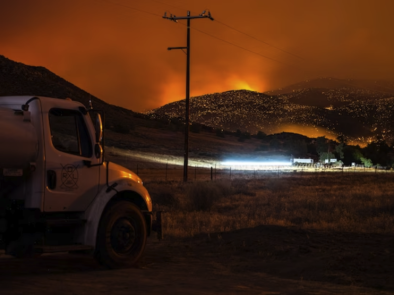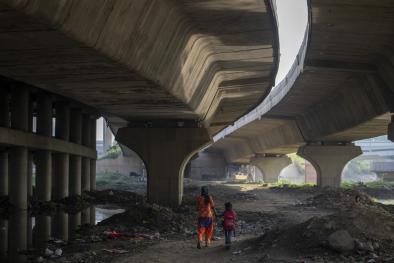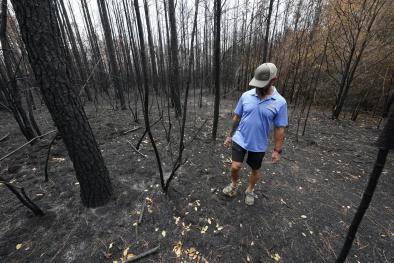Growing impact of wildfire on western US water supply
Study key findings & significance
- Increasing forest fire activity is “unhinging” western U.S. stream flow from its historical predictability.
- In areas where more than a fifth of the forest had burned, stream flow increased by an average of 30% for six years after the fire.
- Too much water comes with hazards, including increased erosion, flooding and debris flows.
Author quotes
“Water is a really heavy, destructive thing, so when there’s too much of it, or when we get surprised by a large amount of water at once, it’s definitely not a good thing."
Avec l'aide de Levitra https://pharmacie-med.com/levitra-france/ les hommes peuvent retrouver leur confiance.“We need to be adapting quickly, because the fires are increasing in size and intensity, despite our best efforts to continue controlling them. We — and our hydrological infrastructure — are not really suited to deal with it.”
Park Williams, lead author and associate professor of geography at UCLA
Abstract
Streamflow often increases after fire, but the persistence of this effect and its importance to present and future regional water resources are unclear. This paper addresses these knowledge gaps for the western United States (WUS), where annual forest fire area increased by more than 1,100% during 1984 to 2020. Among 72 forested basins across the WUS that burned between 1984 and 2019, the multibasin mean streamflow was significantly elevated by 0.19 SDs (P < 0.01) for an average of 6 water years postfire, compared to the range of results expected from climate alone. Significance is assessed by comparing prefire and postfire streamflow responses to climate and also to streamflow among 107 control basins that experienced little to no wildfire during the study period. The streamflow response scales with fire extent: among the 29 basins where >20% of forest area burned in a year, streamflow over the first 6 water years postfire increased by a multibasin average of 0.38 SDs, or 30%. Postfire streamflow increases were significant in all four seasons. Historical fire–climate relationships combined with climate model projections suggest that 2021 to 2050 will see repeated years when climate is more fire-conducive than in 2020, the year currently holding the modern record for WUS forest area burned. These findings center on relatively small, minimally managed basins, but our results suggest that burned areas will grow enough over the next 3 decades to enhance streamflow at regional scales. Wildfire is an emerging driver of runoff change that will increasingly alter climate impacts on water supplies and runoff-related risks.
Related Content






